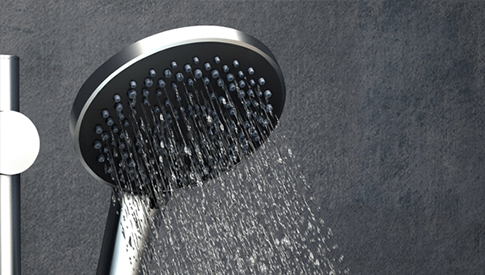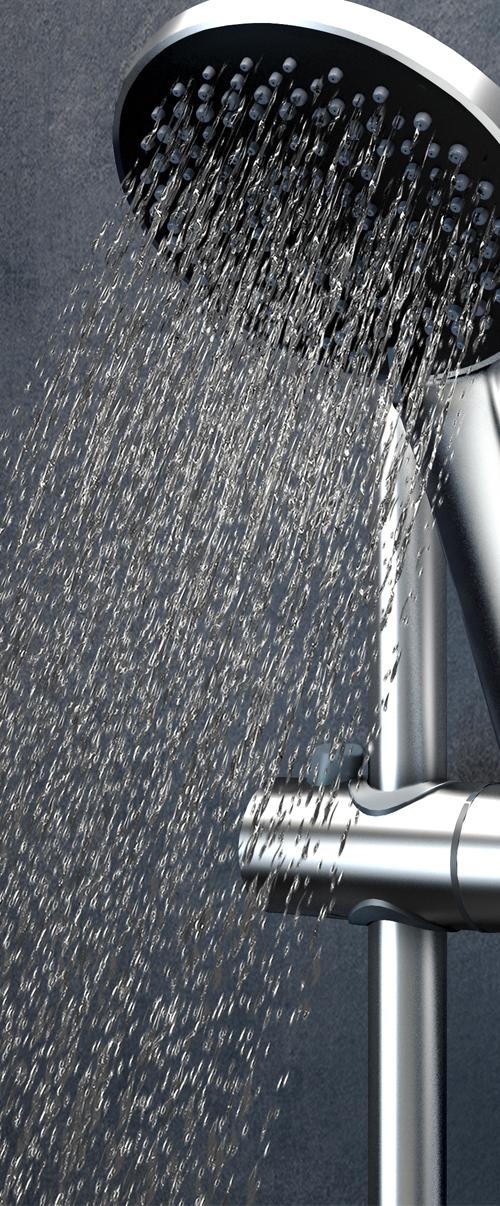
The Ultimate Guide To Water Pressure
Published:
Categories:
When was the last time you thought about the water pressure in your home? Likely if your shower flow is strong, it hasn’t crossed your mind, however if your bathroom taps turn into a dribble and your shower head a mere sprinkle, there may be an issue with your water pressure.
What Is Water Pressure?
Simply put, water pressure is the measurement of the force of the water coming through your mains and pipework. Water pressure can vary greatly depending on where you live and how close your home is to the water network. The further and higher your are from the nearest supply, the weaker your pressure will be.
Your water pressure can even vary from room to room and time of day. Think of it as peak and non-peak times for pressure: when more people are likely to be using their water, your pressure could be weaker.
How Is Water Pressure Measured?
Water pressure is measured in bars, with one bar being equating the force needed to push water up to 10 metres. Most homes need less than one bar of water pressure and sit around the medium 0.5 - 0.99 bar level. Those further away from the water reserve will have a higher bar rating.
How To Check Your Water Pressure
It’s advised to contact your water supplier or plumber in order to check your water pressure as they’ll have the correct tools and experiences to get an adequate reading. Alternatively you could use a pressure gauge tool, that is affixed to your tap for a rough reading.
6 Ways To Improve Your Water Pressure
- Replace older pipework (anything over 7 or 8 years old), to help with heat transfer from pipe to pipe.
- Flush out any mineral deposits, hard water scale and sediment build-up within the pipes. You may need your local plumber to help with this.
- Ensure your shower head is in the optimum position. There should be at least one metre between the shower head and water level in your home’s water tank. In theory, the higher your shower head, the better the pressure should be.
- Clean your shower head frequently or invest in a new shower head. It’s easy for limescale and dirt to build up in your shower head (and even your taps and drains), so cleaning them frequently will help to prevent a larger issue.
- Check your shutoff valve / stop tap is completely open. Even the smallest closure in this can reduce your water pressure.
- If you’re using an Electric Shower, consider upgrading to a Power Shower instead. Power Showers can increase the flow by almost three times than traditional electric showers.
If the issues with your water pressure are consistent and your pipework contains a lot of intake and outtake lines, re-piping may be the better long term solution and offer a quicker route for the water to reach your shower. Alternatively you could consider installing a pressure regulator. It’s always best to speak with your local plumber.
For more information about our smart showers and shower accessories, please speak with our customer service team on 01959 560010.




